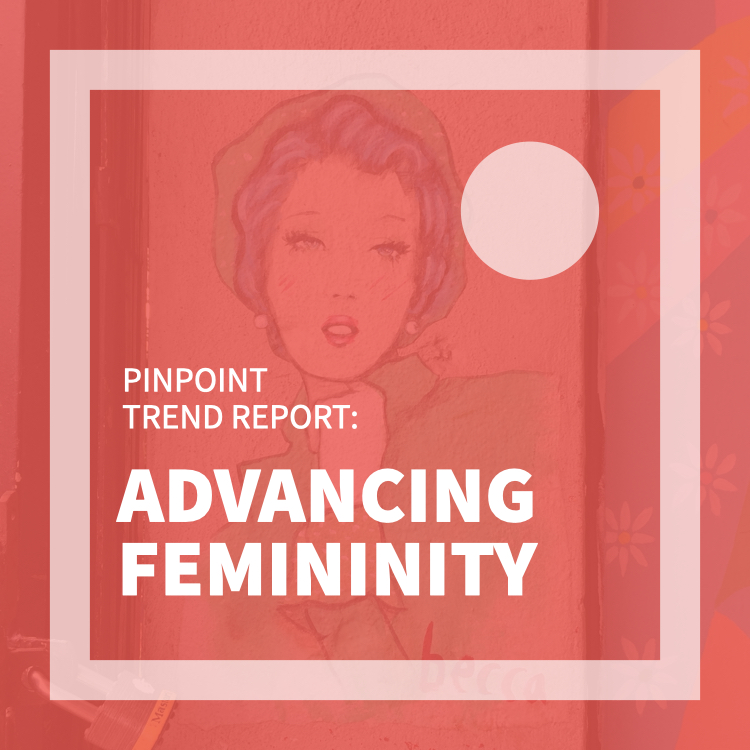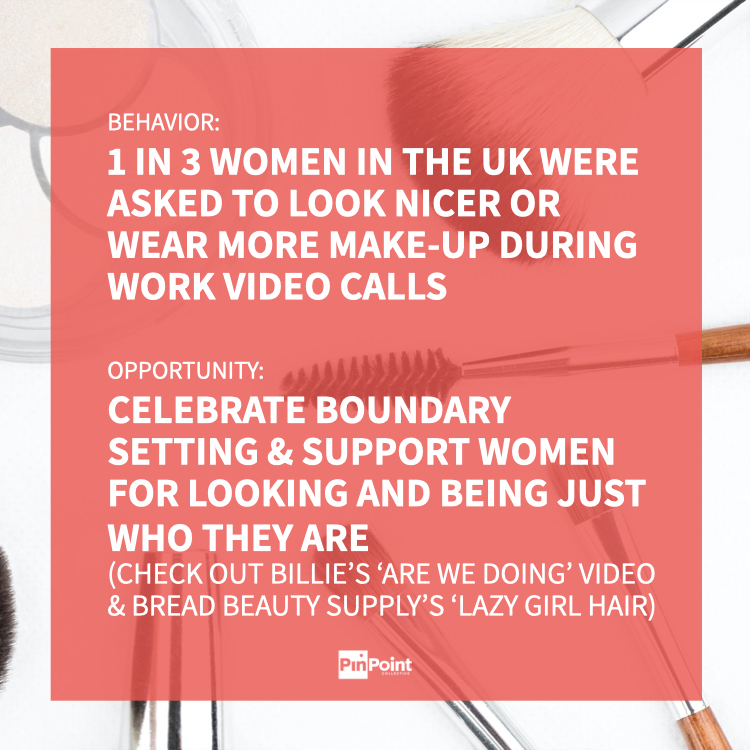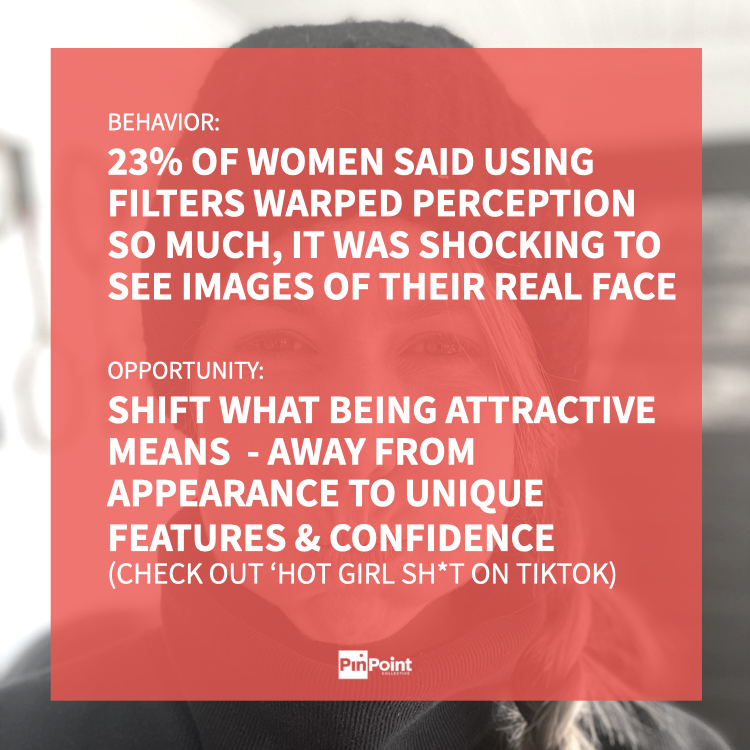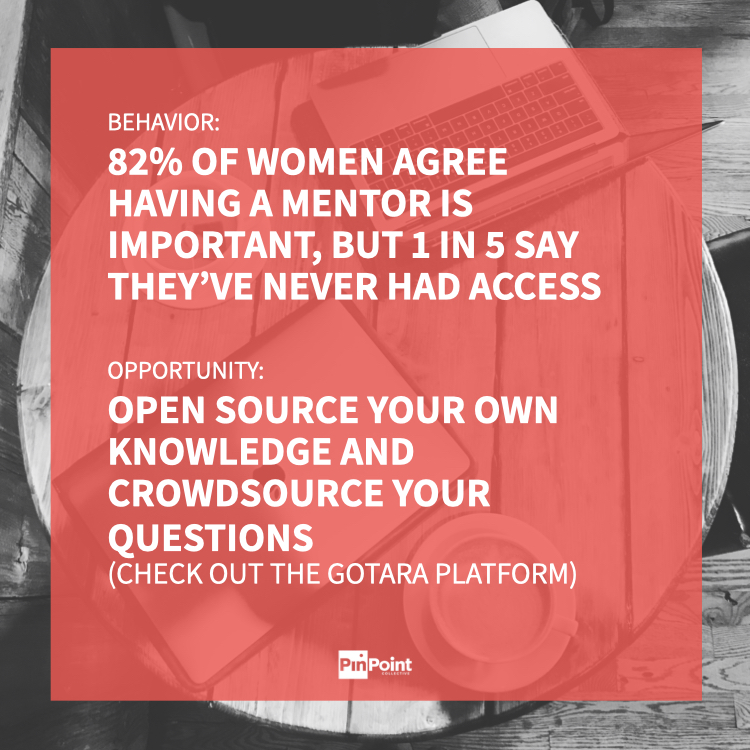Why we use quantitative research and what it even means.
For those of you who have worked with us, or talked with us, or maybe just follow us on Instagram, you probably know we’re fans of data. We love a good number, we are inspired by stats and we find facts, well, fascinating. But truth be told, we weren’t always this way.
Back in the day, we were solely ethnographic researchers meaning we listened not to numbers, but to people. Don’t worry, we absolutely still listen to people, but when that was our only means for research, we found ourselves in a guessing game wondering if we were even talking to the right people. In the pre-PinPoint days, we would sit around a table and make assumptions about who we thought our client’s audience was.
The thing is, sometimes our guestimates were spot on, but there were many other times when they were not. One in particular stands out – a restaurant chain who was looking to better understand their guests in order to evolve their menu, their service and of course grow their ROI. Problem was, when researchers & leadership guestimated their target audience to be ‘middle-aged families’ who they claimed to see most often in their restaurant, the research resulted in less than enticing results with little-to-no actionable steps. What was completely missed were the customers not seen inside their walls – those who ordered online and even more so, those who weren’t even customers yet!
Seeing that misalignment over and over got us thinking there had to be a better way to recruit research participants for qualitative insights. We were fortunate enough to work alongside a data analytics company previous to PinPoint who taught us the power of numbers. That experience led us to define our own PinPoint process where we now start every project with quantitative data (aka. the numbers – % of demographics, $X spent) to guide our qualitative insights (aka. why are they spending $X and what were the decisions that led to it).
Now, we’re not the Neilsen’s or McKinsey’s of the world, nor will we ever claim to be. And quite honestly, we don’t intend to work with the companies who can afford those large dollar partners (we’re pretty over making the Fortunes more fortunes!). So while we’re not the specific individuals out there doing deep data scrubs of credit card purchases or internet usage or census results, we do have access to elements of those scrubs and with that access comes a heck of a lot more knowledge than we ever used to have.
Our data spans from dollars spent by zip code to generational preferences to industry-specific purchasing behaviors. This is the type of data that allows us to paint a much more intelligent picture of current & future customers – a recipe card per say for recruiting people to tell us what the numbers don’t say (aka. what is provoking 41% of adults aged 30-59 to increase the number of days they drank heavily in 2021 – lots to unpack there!).
At the end of the day, our goal is to give companies who care enough about their community access to that community. We intend to leave this world a more equitable place than the way we found it. Our belief is: through data we become more informed – creating understanding and empathy, and with empathy comes change. That is what drives us and what led us to our Pin Process – guaranteeing a deeper, more factual, more empathic understanding of who you serve and how to serve them better… without the unattainable price tag!
On a mission to better serve your community? Ever wondered how to find the right people to talk to before making a big investment? Just want to hear more absurd facts like ‘more than 80% of gamers eat while playing’? We got your back – grab a coffee and let’s chat.



